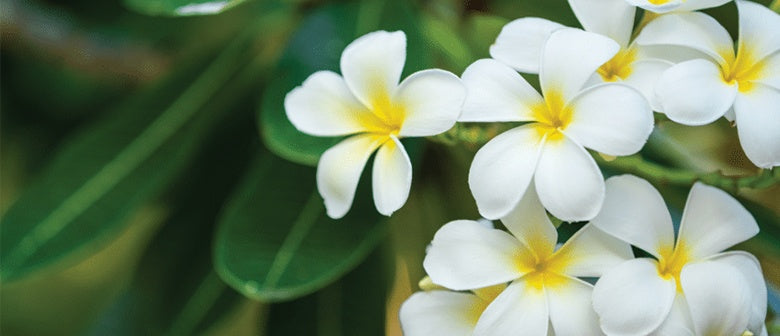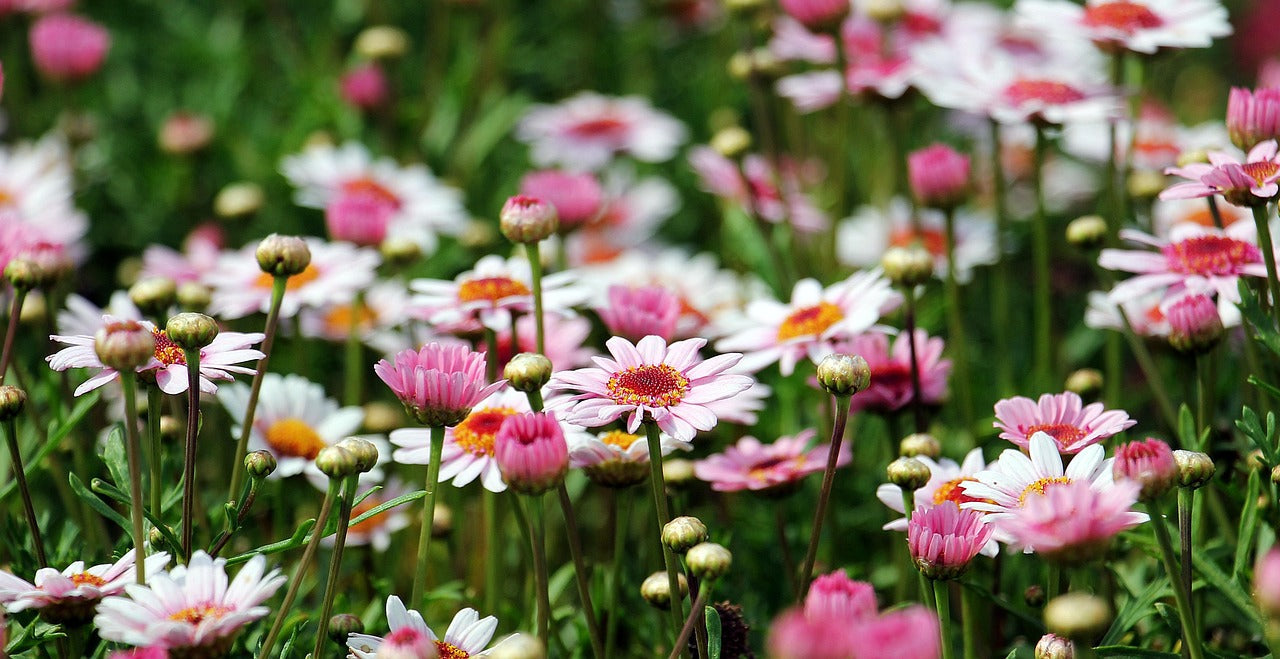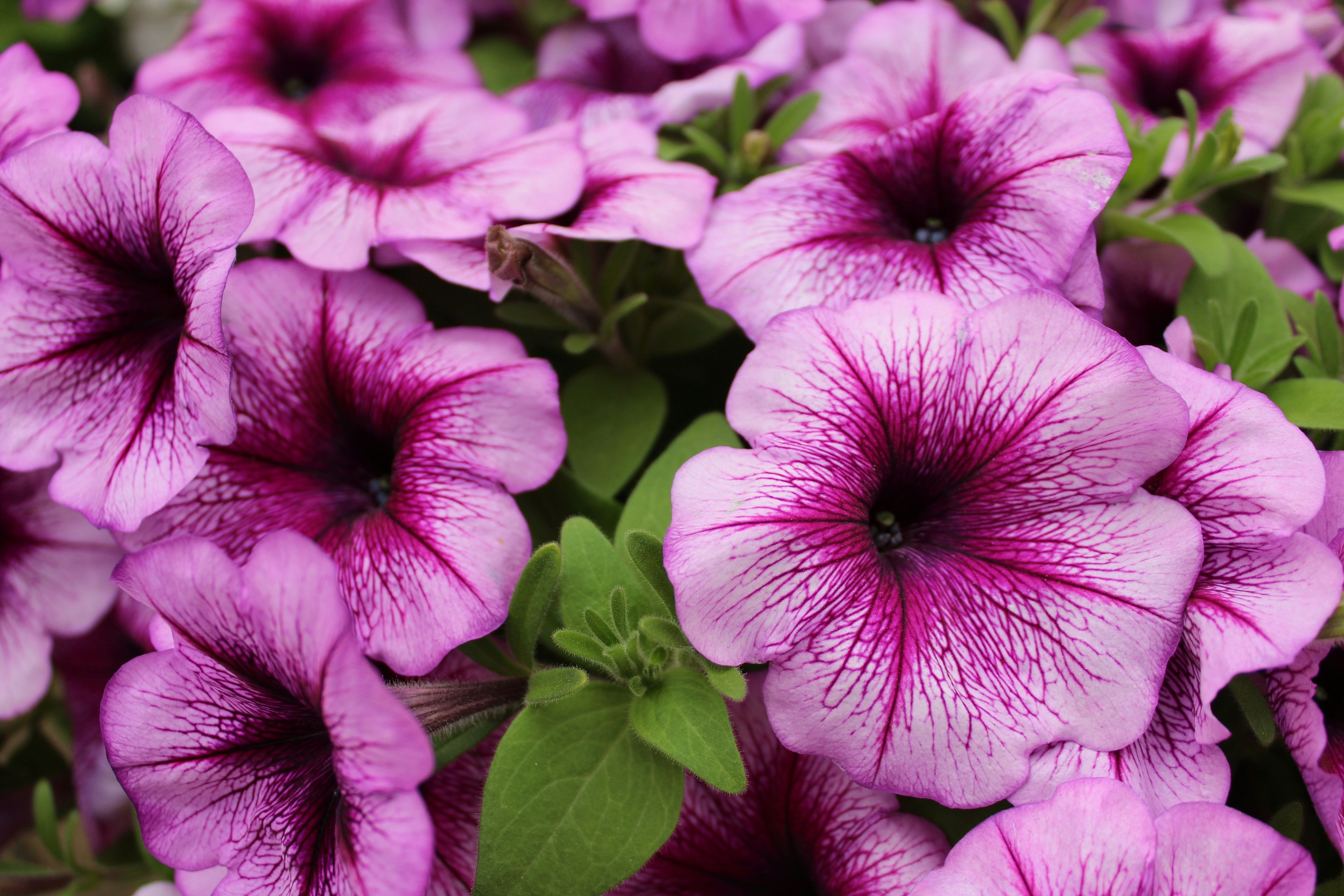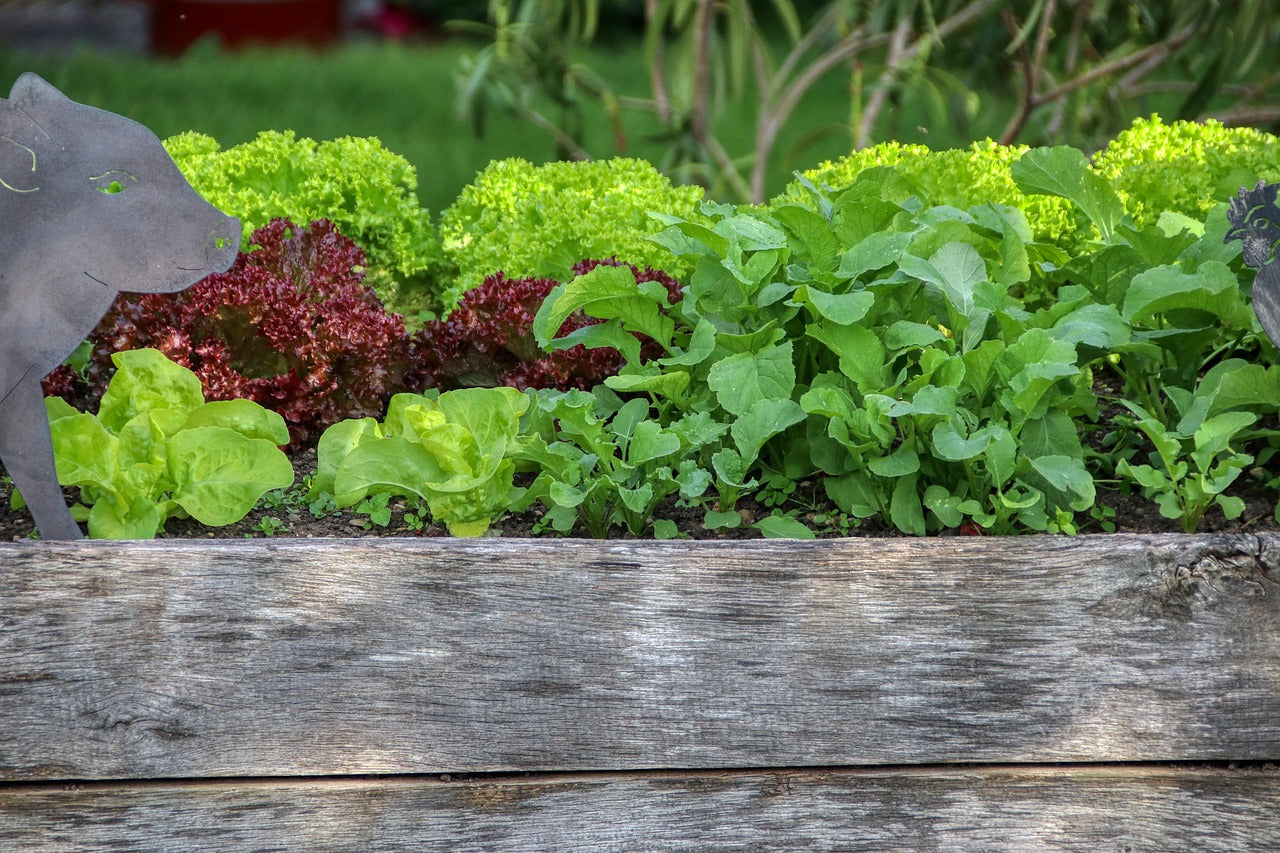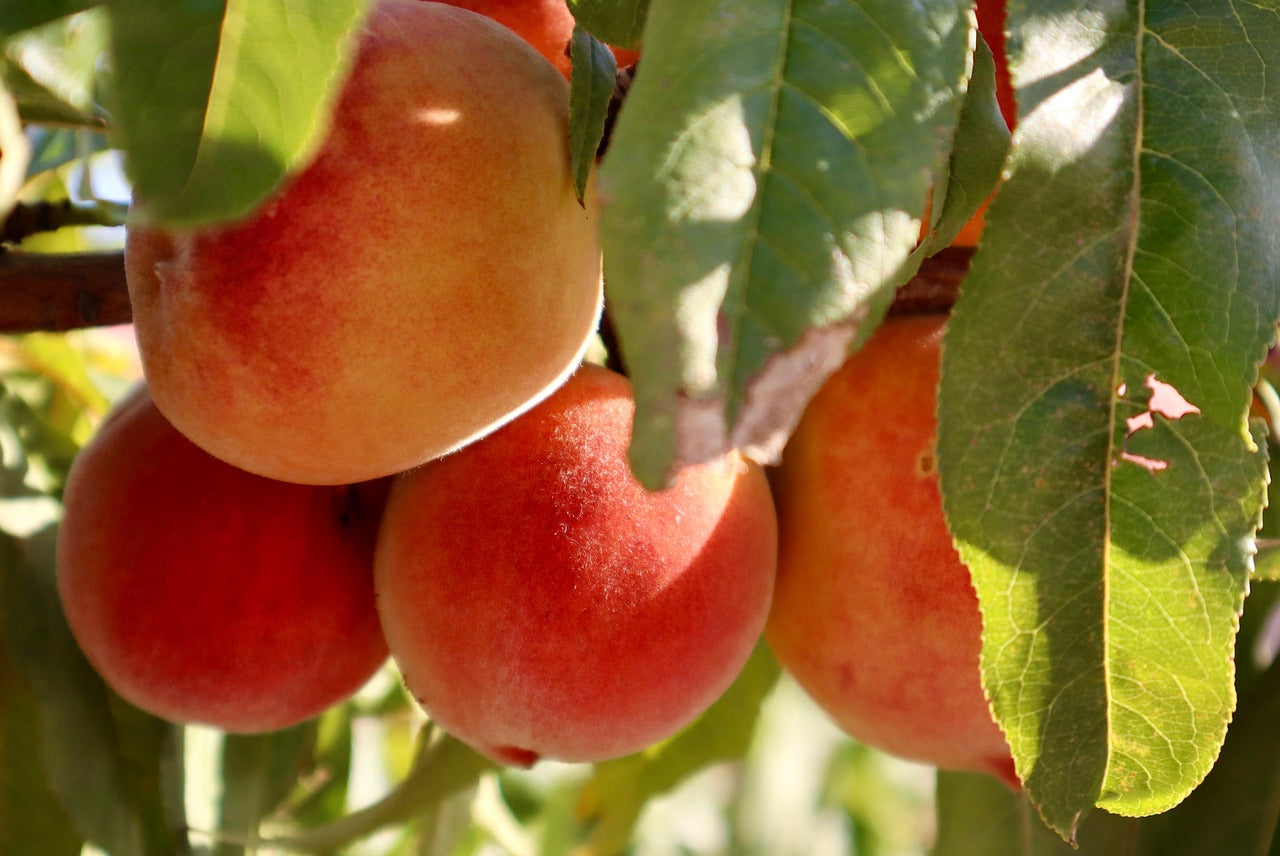Growing frangipani at home will make you feel like you’re on a tropical island! You’d be hard pressed to find another flower that evokes a tropical feel quite like frangipani. There’s a lot to like about this tropical treasure; beautiful form, the gorgeous hues of the flowers and the stunning scent.
Sometimes referred to as Plumeria, this beauty can grow as tall as 8m, with the canopy spanning as wide. Frangipani are deciduous and generally flower from December through to April.
If you’re thinking about growing frangipani at home, check out our top tips below.

Where to Plant
Hailing from tropical regions, frangipani will thrive best in similar conditions. They will tolerate part shade, but growing frangipani in a warm to hot position where they get at least 6 hours of sun a day will allow it to grow faster and flower far better than those grown in part shade.
They can cope with sea breezes but prefer protection from high winds. It is vital to protect from cold winds and frosts. In cooler areas, select a north-facing spot that will create a suitably warm micro-climate. Frangipani will tolerate most soil types, however good drainage is essential. Avoid locations that are prone to becoming waterlogged or spots that are windy as the branches on frangipani are brittle.
Frangipani are also perfectly adaptable to growing in pots or containers. Because they respond well to pruning, they’re easy to keep under control. Choose a large container with a diameter of at least 40cm. If over time the tree becomes pot-bound, lift it out and prune back the roots before re-potting into fresh potting mix.
At Planting Time
Your frangipani plant will thank you for adding extra organic mater at planting time; this could be in the form of quality compost or composted manure mixed with soil. The plant may have a loose root ball when you remove it from its pot, take care not to disturb the roots too much. Larger plants require staking as they can be top heavy until they become more established.
Care Tips
Frangipani are relatively easy-care plants. If conditions are dry in the warmer months, water as the leaves and flowers are developing. Avoid watering when it is dormant (leafless). Fertilising will improve performance, apply a controlled-release fertiliser around the edge of the canopy line in late Spring or early Summer. Add Yates Thrive Natural Roses & Flowers Organic Based Pelletised Plant Food as a complete, soil-conditioning fertiliser for more prolific blooming and healthy plant growth, every 6 – 8 weeks. Do not fertilise during dormancy.
Mulching the soil around the tree will keep the roots cool in Summer and warm in Winter. It also helps to retain moisture and reduce weeds, however mulch should be kept away from the trunk to avoid rot.
Pruning
Pruning is not a necessity, however frangipani respond very well to pruning. Different pruning approaches can be used to create a compact, densely branched tree or a standard with long trunk and no lower branches. However, be aware that frangipani flowers appear only at the end of branches, and these must be two years old before they bloom. So, if you plan to prune your frangipani heavily, consider doing half one year, and then half the next year to ensure a continuous display of flowers.
To create a densely branched specimen, prune branches to one half or one third of their natural length. These pruned branches will sprout multiple branches near the pruned ends.
To produce a standard, simply prune branches right back to the main trunk so that no further branching can occur.
Pruning is best done during late Winter or early Spring.
Pests and diseases
Rust is one problem that can affect frangipani, this will generally appear before leaf fall and shows up as discolouring on the topside of leaves and orange spots on the underside.
Scale insects are another problem. They are often found on stems or leaves and look like small white or brown lumps. Scale can be treated with Yates Bug Oil or Nature’s Way Organic Citrus, Vegie and Ornamental Spray.

